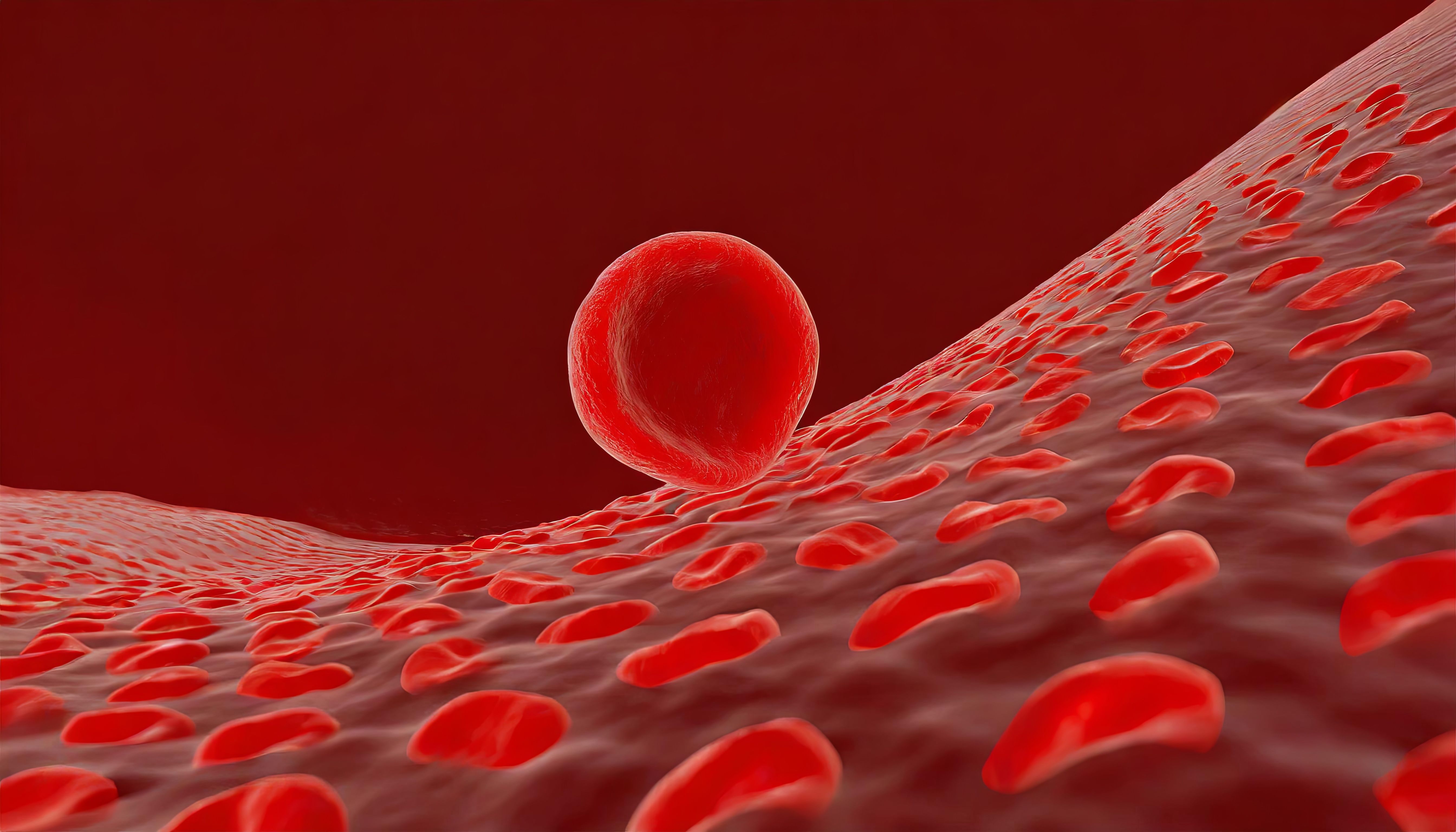- Center on Health Equity & Access
- Clinical
- Health Care Cost
- Health Care Delivery
- Insurance
- Policy
- Technology
- Value-Based Care
Risk Mitigation for Hemolysis Is Needed During PNH Treatment, Study Finds
The phase 3 PEGASUS trial found that patients with paroxysmal nocturnal hemoglobinuria (PNH) may still experience anemia following recommended therapies, underscoring the need for further research.
Pegcetacoplan aided in the management of hemolytic events in patients with difficult-to-treat paroxysmal nocturnal hemoglobinuria (PNH) who continue experiencing symptoms despite undergoing C5 inhibitor therapy, according to research published in Blood Advances.1
In PNH, the majority of subsequent symptoms, including anemia, fatigue, shortness of breath, and more, occur as a result of intravascular hemolysis (IVH).2 The availability of FDA-approved C5 inhibitors such as ravulizumab and eculizumab have benefited patients with PNH by minimizing rates of IVH, as well as the risk for other complications like thrombosis, and improving overall survival.1 However, the authors wrote, up to 86% of patients with PNH still experience anemia and around 33% still need blood transfusions because of C3-mediated extravascular hemolysis.
Hemolysis is the destruction of red blood cells, a common symptom of PNH | image credit: Red Lemon - stock.adobe.com

To combat the enduring consequences of hemolytic events experienced by some patients with PNH, pegcetacoplan, a C3 inhibitor, was approved for the treatment of PNH following success in the phase 3 PEGASUS (NCT03500549) study. In this trial, pegcetacoplan demonstrated superiority over eculizumab for influencing hemoglobin level changes at 16 and 48 weeks in patients with PNH who continued experiencing anemia after C5 inhibitor therapy.
Considering these results, the current authors presented an analysis to better understand the occurrence of hemolytic events during C3 inhibitor therapy in hopes of identifying possible hemolysis predictors to improve treatment and management efforts in PNH.
Patients that experienced hemolysis at the time of the 48-week investigation period were included in this analysis. Researchers tracked changes in individuals’ lactate dehydrogenase (LDH) and hemoglobin levels prior to hemolysis and afterwards.
Nineteen of the original 80 patients from the PEGASUS study experienced hemolysis. There were 4 patients who experienced hemolysis during the 16-week randomized controlled period and 15 who had this experience throughout the 32-week open-label period. At baseline, this affected group was aged 54.5 years on average and 63% male. At baseline, these patients also had a higher chance of having a history of thrombosis compared with those who didn’t experience hemolysis (42% vs 28%, respectfully). Additionally, their levels of total complement function (CH50) were higher at baseline compared to the non-hemolysis group (19.7 U/mL vs 5.4 U/mL, respectfully).
A total of 26 hemolytic events were reported, 19 of which were associated with increased LDH levels. On average, LDH levels grew from 324 U/L prior to hemolysis to 1128 U/L during the event. The researchers noted that 54% of these events (n = 14) were classified as moderate in their severity and 65% (n = 17) were considered manageable without the need for discontinuing pegcetacoplan.
As for possible predictors of hemolysis, patients affected in the PEGASUS study exhibited characteristics for increased disease activity compared with those who didn’t experience hemolysis. Of the patients affected by hemolysis, 74% (n = 14) had levels of CH50 that were detectable at baseline compared with 54% of patients unaffected by hemolysis. The patients in the hemolysis group were also on a higher eculizumab dose at the start of the study. Furthermore, 68% of the hemolysis group, compared with 51% of the nonhemolysis group, needed at least 4 blood transfusions in the year leading up to the study.
To manage patients’ hemolysis, 68% (n = 13) underwent a dose increase of pegcetacoplan from twice weekly to 1080 mg every 3 days. This approach reportedly benefited 6 patients’ hemolytic outcomes.
“Progress has been made in the management of hemolysis events during pegcetacoplan treatment; however, risk-mitigation strategies continue to be necessary with a focus on patient and clinician education,” the authors concluded. "...Higher disease activity at baseline may confer an increased risk of a severe hemolysis event in a subgroup of patients with PNH on pegcetacoplan, and further investigation into predictors of hemolysis events is warranted to augment current risk-mitigation strategies."
References
1. Peffault de Latour R, Griffin M, Kelly RJ, et al. Hemolysis events in the phase 3 PEGASUS study of pegcetacoplan in patients with paroxysmal nocturnal hemoglobinuria. Blood Adv. 2024;8(11):2718-2725. doi:10.1182/bloodadvances.2024012672
2. Shah N, Bhatt H. Paroxysmal nocturnal hemoglobinuria. StatPearls. Updated July 31, 2023. Accessed July 22, 2024. https://www.ncbi.nlm.nih.gov/books/NBK562292/
